dennyr
TPF Noob!
- Joined
- Oct 28, 2016
- Messages
- 108
- Reaction score
- 14
- Location
- usa ca -north
- Can others edit my Photos
- Photos OK to edit
Wanted to ask about enlargers that have integral filtration.
I realize some enlargers DO use Green and Blue, which seems more intuitive to me.
Though i have never used one.
However, it seems MOST enlargers use a Magenta and Yellow filter.
Why is that.?
I have never printed color (by myself) Is that the reason.?
Are enlargers that use Green and Blue just contrast colors for printing Black and White.?
Again, i have never used a Blue and Green enlarger, so i am not sure if they have a third color or not.
Thank You
I realize some enlargers DO use Green and Blue, which seems more intuitive to me.
Though i have never used one.
However, it seems MOST enlargers use a Magenta and Yellow filter.
Why is that.?
I have never printed color (by myself) Is that the reason.?
Are enlargers that use Green and Blue just contrast colors for printing Black and White.?
Again, i have never used a Blue and Green enlarger, so i am not sure if they have a third color or not.
Thank You


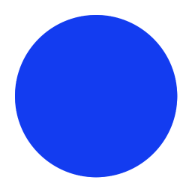
![[No title]](/data/xfmg/thumbnail/41/41799-fe172a668fba7717bf773664387d64aa.jpg?1619739897)
![[No title]](/data/xfmg/thumbnail/40/40287-4f839095000f74d779b90ed75df9dc62.jpg?1619739408)
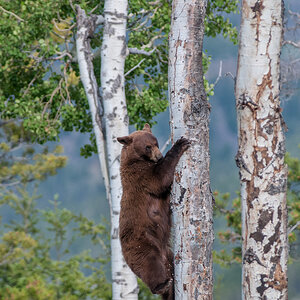
![[No title]](/data/xfmg/thumbnail/32/32165-6bb394c486dda7ec16d8fee786f03151.jpg?1619735234)
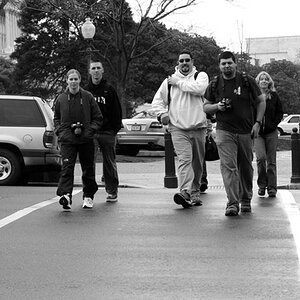
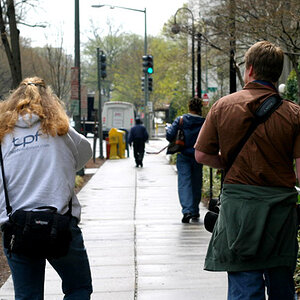
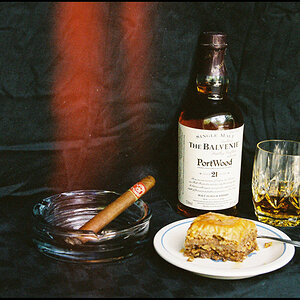
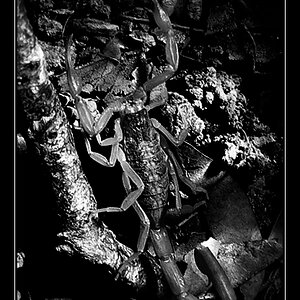
![[No title]](/data/xfmg/thumbnail/38/38263-ad5e4c9e677626ddb5b1e7cdf9ebe40e.jpg?1619738548)
![[No title]](/data/xfmg/thumbnail/32/32632-476f3d925401f13cffe1cc2b41945614.jpg?1619735553)
![[No title]](/data/xfmg/thumbnail/33/33440-0778f3522902634844facab43c5a29fa.jpg?1619735969)
![[No title]](/data/xfmg/thumbnail/36/36392-ee7dc51c9be334b9979003f6316db12e.jpg?1619737547)